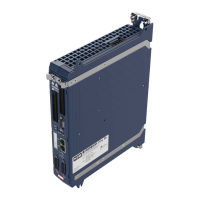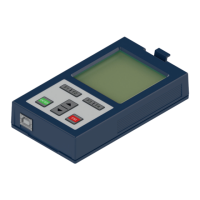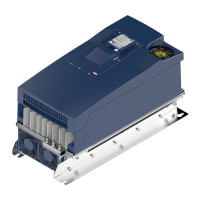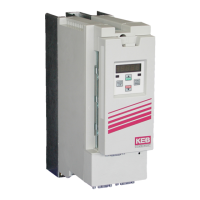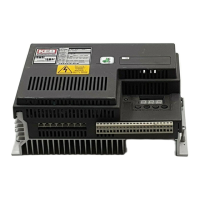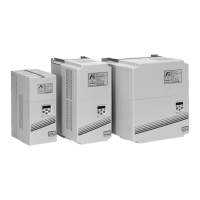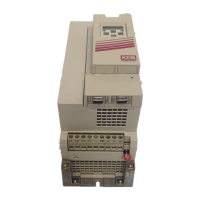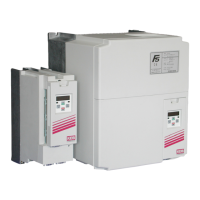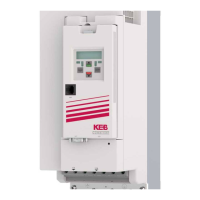5.1.5 Requirements for open and half-open cooling systems
Requirement Measure
Impurities
Mechanical impurities in half-open cooling systems can be counteracted
whenappropriatewaterltersareused.
Salt concentration
The salt content can increase through evaporation at half-open systems.
Thus the water is more corrosive. Adding of fresh water and removing of
process water works against.
Algae and myxobacteria
Algae and myxobacteria can arise caused by increased water temperature
and contact with atmospheric oxygen. The algae and myxobacteria clog the
ltersandobstructthecoolant-ow.Biocidecontainingadditivescanavoid
this. Especially at longer OFF periods of the cooling circuit preventive main-
tenance is necessary.
Organic materials
The contamination with organic materials must be kept as small as possible,
because separate slime can be caused by this
Table 17: Requirements for open and half-open cooling systems
ATTENTION
Damages at the unit which are caused by clogged, corroded heat sinks
or other obvious operating errors, leads to the loss of the warranty
claims.
5.1.6 Coolant temperature
• Theowtemperaturemaynotexceed40°C.
• The maximum overheat temperature is 60 °C, 73 °C or 90 °C depending on the
power unit and overload capacity.
• Thecoolanttemperatureisspeciedinthetechnicaldata.
• HigherowtemperaturesonlyafterconsultationwithKEB.
Theowtemperatureshouldbechosendependingonthevolumeow,sothat
at rated operating the heatsink temperature is always 10 K below the overheat
temperature level. As a result, a sporadic shutdown is avoided.
5.1.7 Moisture condensation
High air humidity and high temperatures can lead to moisture condensation. Moisture
condensation is considered to be a threat to the drive converter. The drive converter can
be destroyed by any short-circuits that may occur.
ATTENTION
The user must guarantee that any moisture condensation is avoided!
57
OPERATION OF LIQUID-COOLED DEVICES
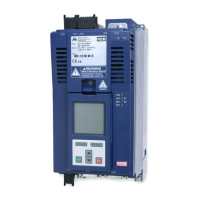
